

Engage prospects with a scan and streamline customer engagement with FREE QR code marketing tools by Sona – no strings attached!
Create a Free QR CodeFree consultation

No commitment

Engage prospects with a scan and streamline customer engagement with FREE QR code marketing tools by Sona – no strings attached!
Create a Free QR CodeFree consultation

No commitment
Many fitness centers struggle to retain members when touchpoints are fragmented and hard to measure. Paper schedules, manual check-ins, and printed flyers can generate interest, yet they often fail to capture intent signals that fuel timely follow-up. When gyms cannot see who is interested in classes, where friction occurs in onboarding, or which offers attract attention, prospects stay anonymous and motivated members slip through the cracks.
QR codes solve this problem by turning every physical surface into a digital entry point. A scan connects the moment of interest to an action such as booking, feedback submission, or app login. This reduces friction, shortens time to value, and creates a data trail for targeted outreach. The result is a member journey that feels personalized and responsive without heavy administrative effort.
Here is how to do it effectively:
Fitness operators can replace outdated workflows like printed brochures, paper feedback forms, and manual sign-up sheets with scan-to-action experiences that are faster for members and easier for staff. Systems like Sona QR support dynamic content, tracking, and integration with CRMs to connect scans to profiles and results. The shift is not merely about convenience; it turns every moment in the facility into an opportunity to deepen relationships, trigger the next best action, and capture signals that drive retention.
Migrating analog processes to QR-driven digital workflows accelerates engagement, lowers admin complexity, and creates continuity across the member lifecycle. Even if someone does not convert immediately, you capture their interests and can reconnect with the right message later. Over time, this data compounding effect becomes a durable advantage: you understand what your members want and exactly how to deliver it.
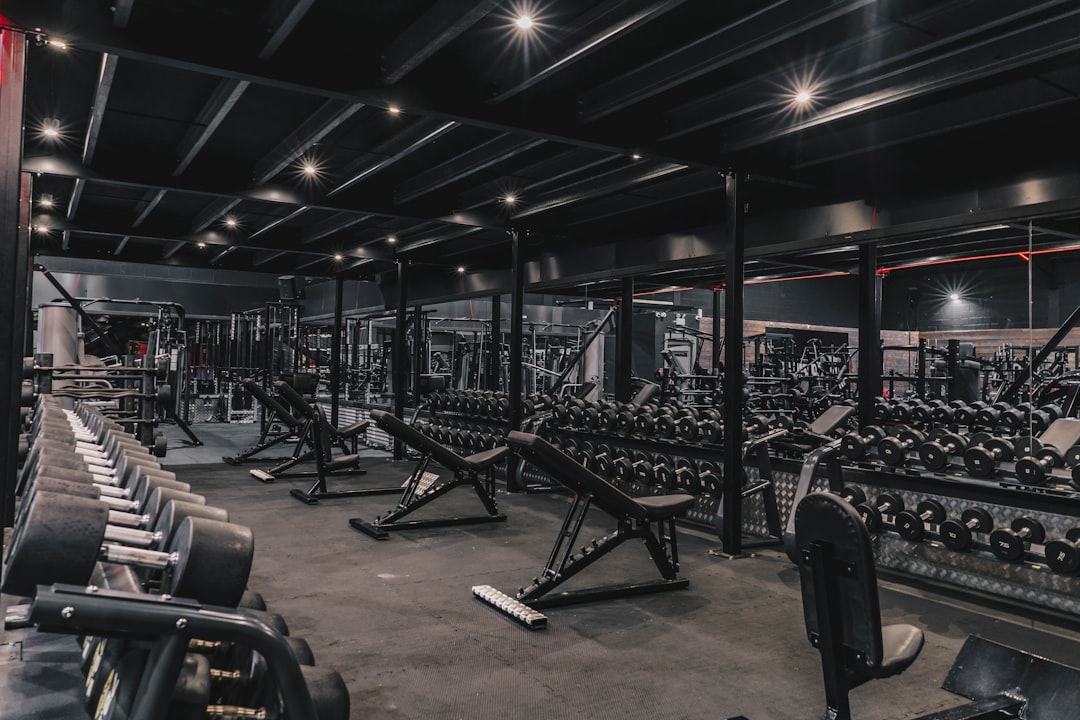
For many gyms, the gap between offline interest and online follow-up is the biggest barrier to retention. People see your schedule on a wall, a promo on a flyer, or a trainer bio next to a studio door, but there is no simple next step. When the only path to action is typing a URL, downloading an app, or finding a staff member during a busy hour, intent decays. QR codes give that moment a direct path to value: one scan to book, join, review, or learn more. For broader strategies, explore QR codes in marketing.
QR codes also modernize operations without heavy tech investment. You can update destinations without reprinting, track which materials get attention, and create distinct journeys for guests, new members, and loyal advocates. That flexibility matters in dynamic environments like fitness centers where schedules, promotions, and staffing change week to week.
Applied to common gym materials such as appointment cards, front desk signs, trial passes, and in-studio schedules, QR codes reduce friction and illuminate the journey. Each scan produces measurable insight that helps you improve programming, staffing, and marketing investments.
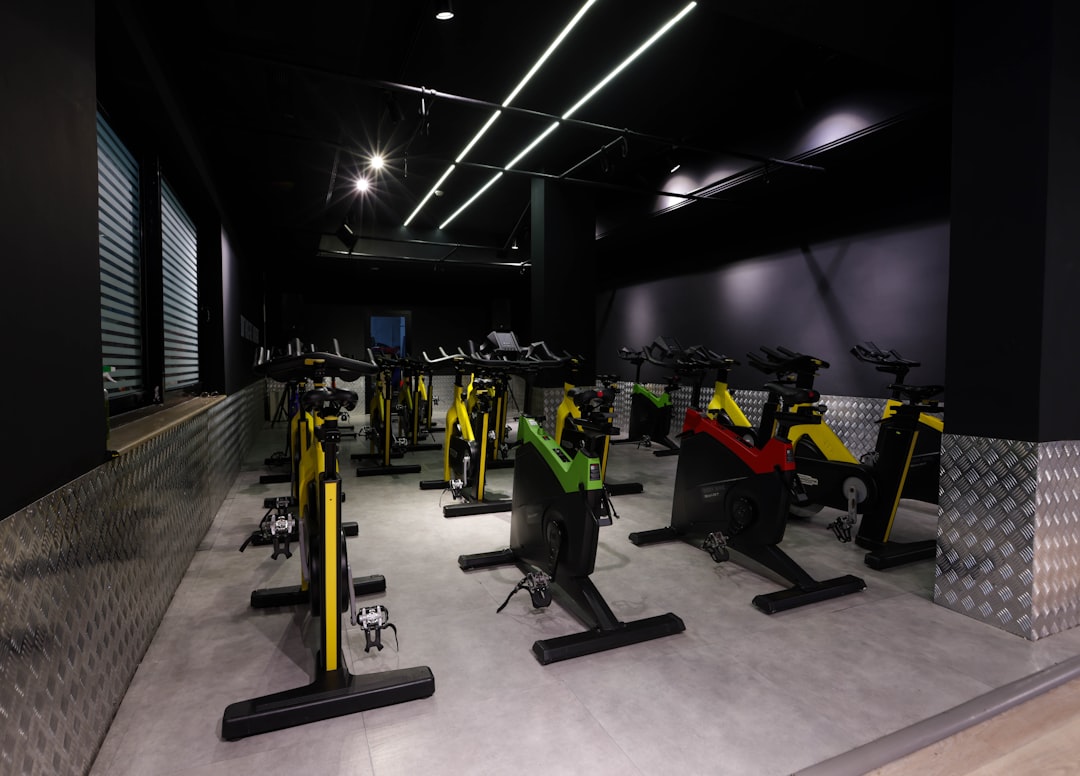
Fitness centers benefit from several QR code formats that map neatly to daily operations. Selecting the right format ensures the scan triggers the intended action with minimum steps. It also ensures your data collection is meaningful and actionable in your CRM and analytics tools.
Web links are the most versatile format, especially when paired with mobile-optimized landing pages for class booking, membership plans, trainer bios, or nutrition guides. Forms and surveys are ideal for feedback, event RSVPs, and lead capture when you want more than a quick link click—such as Google Forms QR codes. Wi-Fi access simplifies network joins while tracking visitor traffic patterns. vCards let trainers and sales staff share contact details instantly so follow-up is not lost. App downloads help convert engaged members into app users when you are ready to add deeper features like workout tracking or push notifications.
Dynamic QR codes are the best default for use cases that require frequent updates, A/B testing, or attribution. Static codes can be useful for permanent signage with evergreen destinations, yet they limit your ability to optimize. With Sona QR, you can generate and manage all formats centrally, update destinations in seconds, and keep every code consistent with your brand.
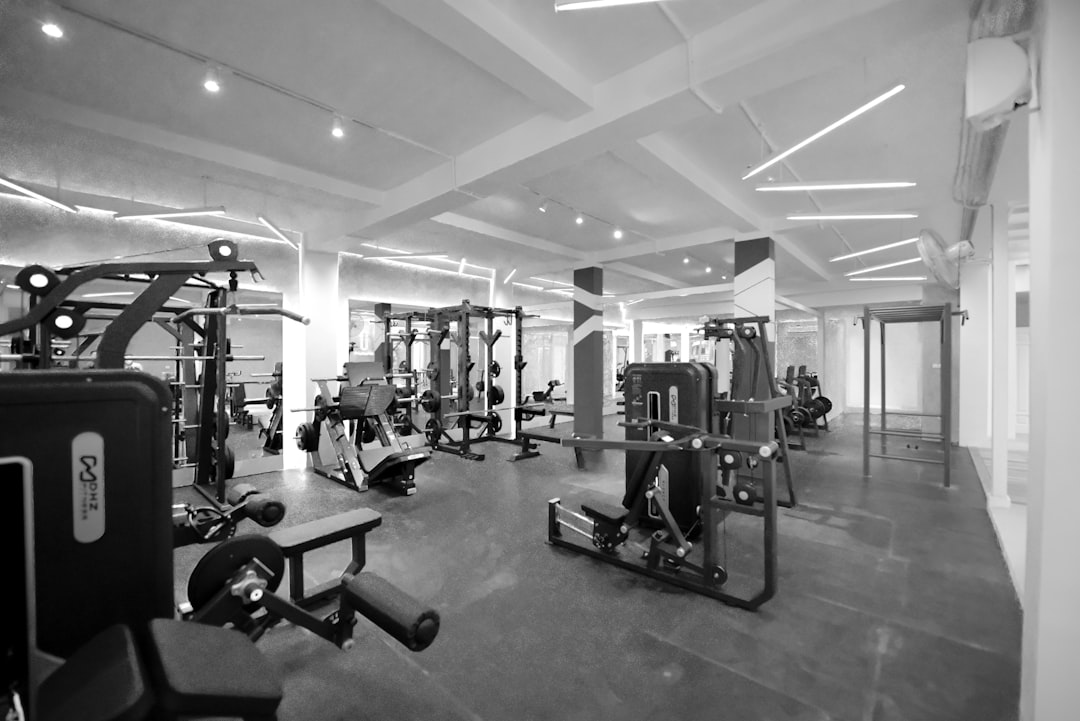
Gyms already have high-traffic, high-intent zones that simply need a clear digital bridge to turn attention into action. By placing QR codes for gyms thoughtfully, you can build consistent journeys that collect data, speed up decisions, and improve conversions. Start where intent is strongest and the next step is obvious: the front desk, studio entrances, locker rooms, and equipment clusters.
Design each placement around a single action. If a member is standing near the spin studio, the code should book the next ride. If a guest is at the front desk, the code should sign a waiver and start a trial. Use messaging, visual frames, and staff prompts to tell people exactly what they get when they scan. Over time, your analytics will show which zones drive the highest value and where to iterate.
Strategic placement not only lifts conversion but also fills gaps in your dataset. Codes in overlooked areas often reveal strong interest patterns that were previously invisible, such as early-morning members who respond to personal training offers if presented right after a workout.
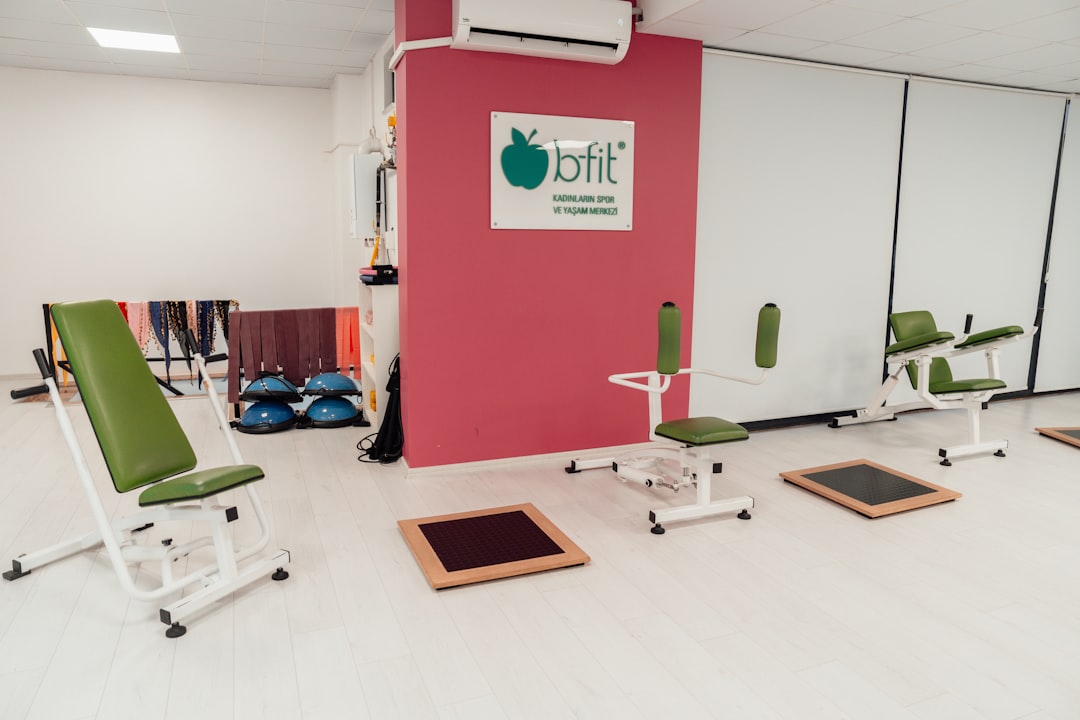
High-intent interactions happen constantly in fitness centers: a quick glance at a schedule, a conversation with a trainer, or a decision to try a new class. Without a simple next step, those moments fade. QR codes let you capture and convert that intent into action with precise follow-up, ensuring that interest turns into measurable engagement and retention. For more inspiration, explore these fitness center QR ideas.
The following use cases appear in nearly every club format, from big-box gyms to boutique studios. They share a common thread: one scan, one clear action, and one data signal that consolidates your view of each member or prospect.
Each of these scenarios improves member experience while giving your team better information. Booking codes reveal class preferences, check-in scans map attendance patterns, and promo scans show price sensitivity. Together, these signals help you shape personalized programs that keep members active and satisfied.
Every scan is a signal. When you deploy multiple QR codes across your facility and marketing assets, you generate a live map of member and prospect intent. The goal is not just to capture leads, it is to build distinct audiences that reflect where someone is in their journey and what they care about. Use those audiences for timely follow-up via email, SMS, and paid media—see Sona’s Playbook Intent-Driven Retargeting: Driving High-Impact Campaigns with First-Party Intent Signals.
Think in terms of stages and contexts: awareness for first-time guests, consideration for active members exploring new programs, and conversion for purchase-ready moments. Also segment by location and timing so you can send messages when interest is highest, such as a recovery offer right after a high-intensity class.
With Sona QR, each code becomes a smart entry point that attaches context and intent to a person’s record. This level of segmentation ensures your outreach is helpful, not spammy, and it turns fleeting attention into ongoing engagement.
QR codes become most powerful when they stitch together your offline and online marketing. They let you measure print performance, connect in-gym moments to digital journeys, and orchestrate follow-ups across channels based on real behavior. The key is to deploy codes wherever your audience encounters your brand and to keep destinations tightly mapped to the next best action.
In fitness centers, this means tying lobby signage and class schedules to booking flows, linking direct mail to trial purchase pages, and connecting in-gym displays to real-time offers. After the scan, automation should carry the load: a confirmation message, a reminder, a referral prompt, or a cross-sell opportunity.
A centralized management platform like Sona QR helps you coordinate these touchpoints across clubs, ensure brand consistency, and synchronize performance data with your CRM. That alignment elevates QR codes from one-off tools to an essential part of your marketing mix.
Launching a QR campaign in a fitness center is straightforward once you define outcomes and match placements to behavior. Treat each campaign like a small product: clear goals, fit-for-purpose QR type, intentional design, smart deployment, and continuous optimization. Two or three well-scoped campaigns can deliver outsized returns when executed consistently.
Before you begin, align operations with marketing. Front desk staff, trainers, and studio managers should understand the purpose of each code, the call to action they should promote, and the signals to look for. A short briefing and printed cheat sheet can dramatically lift adoption and scan rates.
Engagement is valuable, but you need to connect scans to business outcomes to justify investment and optimize spend. Traditional analytics struggle to link a wall poster or a treadmill placard to a sale or renewal. QR codes solve this with precise tracking at the moment of interaction—see Sona’s blog post The Essential Guide to Offline Attribution: Maximizing ROI Through Offline Channels. The right platform converts those micro-actions into a unified journey that ties back to membership growth and retention.
Adopt a measurement approach that captures the scan, attributes the channel and placement, and traces downstream actions such as bookings, purchases, and referrals. Use this view to reallocate budget to what works and to improve weak links in the funnel, such as landing page load times or unclear forms. The goal is a complete feedback loop: from scan to conversion to retention.
Sona QR captures the granular engagement data that happens in your club. Sona.com extends that insight with identity resolution and multi-touch attribution, connecting anonymous scans to known profiles and revenue. Together, they turn QR codes into a measurable engine for performance marketing in fitness.
As you scale QR deployments, standardize best practices so every new code adds value and clarity. Focus on placement quality, message clarity, and automation that picks up where the scan leaves off. Train staff to promote scanning as a member benefit, not a chore.
Build a culture of experimentation. Test different offers, creative treatments, and landing pages. Use the data to refine programming and member communications. Over time, your network of codes and the insights they generate will become an asset that differentiates your member experience.
Creative deployment examples include loyalty cards with a scan-to-reward balance, or QR codes on retail tags that offer a product demo video plus a small member discount. With Sona QR, you can create, brand, and track these campaigns quickly, then scale them across clubs with consistent governance.
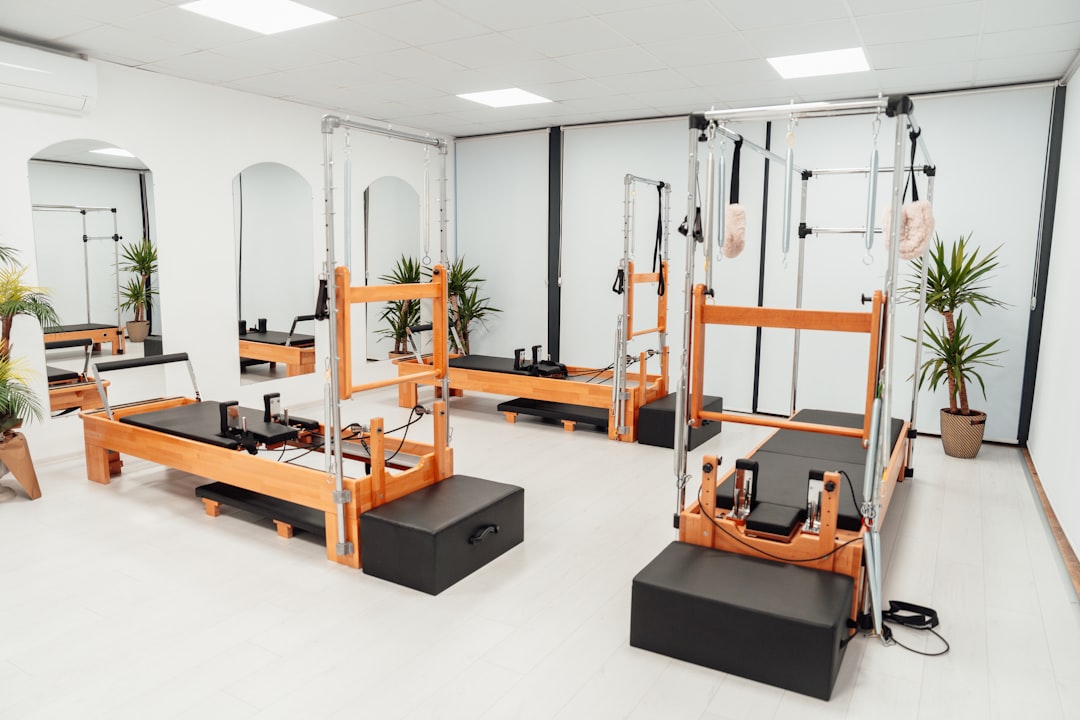
Analog processes and static content can make it hard to capture intent. Fitness centers that lean into QR-driven engagement consistently report higher bookings, stronger retention, and more efficient marketing spend. Industry examples from fitness studios show similar gains. The most successful programs keep the action simple, the placement intuitive, and the analytics connected to decisions.
You can start small, iterate quickly, and build momentum. The following examples illustrate how different formats and placements uncover demand and create a smooth path from curiosity to commitment.
These examples show that well-placed QR experiences do more than reduce friction. They generate a steady stream of signals that help you adapt programming, personalize offers, and build a resilient retention engine.
The difference between a high-performing QR program and a forgettable one often comes down to details. Codes must be visible, scannable, and tied to a clear benefit. Landing pages must load quickly and be easy to use on a phone. Staff must know where codes are and how to talk about them. When those basics are in place, your campaigns will compound in effectiveness. For attribution strategy, read Sona’s blog post Single vs Multi-Touch Attribution Models.
Avoid common pitfalls like generic destinations, crowded designs, or poorly placed codes that are hard to reach. Resist the urge to use one code for everything, since you will lose attribution and the ability to optimize. Prioritize dynamic codes for anything promotional or time-bound so you can adapt without delays.
QR codes are more than shortcuts. They are strategic tools for uncovering and capturing valuable member intent that analog systems miss. For fitness centers, they transform every physical location into a data-driven engagement point, ensuring that no high-value prospect or insight goes unmeasured.
The benefits are clear: instant touchpoints across the fitness journey, seamless offline-to-online connections, and analytics that power smarter targeting, follow-up, and operations. These advantages resolve persistent challenges like anonymous interest and incomplete data, and they create the foundation for sustained growth.
By adopting platforms built for tracking, analytics, and CRM integration, such as Sona QR and Sona.com, you can turn every scan into lasting value. Start with one or two high-impact uses such as scan-to-book at studio doors and scan-to-waiver at the front desk. Measure, iterate, and expand. In a few weeks, you will see the compound effect: more bookings, better insights, and a measurable lift in retention that continues to grow over time. Start creating QR codes for free.
QR codes have revolutionized fitness centers by turning member engagement and retention into measurable, actionable strategies. Whether it’s streamlining class sign-ups, delivering personalized workout content, or facilitating seamless feedback collection, QR codes replace cumbersome processes with instant, mobile-friendly access that enhances the member experience and drives lasting loyalty. Imagine knowing exactly which touchpoints keep your members coming back—and being able to optimize those moments in real time.
With Sona QR, you can create dynamic, trackable QR codes in seconds, update your campaigns instantly without reprinting materials, and link every scan directly to retention metrics and revenue growth. No guesswork, no missed opportunities—just smarter, more effective member engagement that boosts your fitness center’s bottom line. Start for free with Sona QR today and turn every scan into a stronger, more connected community.
QR codes create seamless digital entry points for actions like booking classes, signing waivers, and providing feedback, reducing friction and personalizing the member journey without heavy administrative effort.
Fitness centers can use QR codes for digital check-ins, class and trainer bookings, promotions and loyalty tracking, Wi-Fi access, feedback forms, app downloads, and sharing trainer contact details via vCards.
QR codes replace analog tasks such as paper schedules and manual sign-ups with digital workflows that update in real time, track member engagement, reduce administrative complexity, and enable targeted outreach.
QR codes offer cost-effective, trackable, and dynamic ways to measure offline to online activation, improve campaign attribution, update offers without reprinting, and connect in-facility moments to digital marketing channels.
By deploying QR codes strategically in high-intent areas, fitness centers capture member interests and intent signals to trigger personalized follow-up messages, build segmented audiences for retargeting, and improve loyalty participation.
Effective placements include lobby and check-in desks for waivers and onboarding, studio and equipment signage for bookings and tips, locker rooms for class promotions, event materials for registrations, and print collateral like flyers and postcards.
Dynamic QR codes are preferred for campaigns needing frequent updates and tracking, while static codes work for permanent signage; common formats include web links, Wi-Fi access, forms and surveys, app downloads, and vCards.
They can track scan volume, conversion rates, location, time of scan, and downstream actions in CRM dashboards, attribute revenue to QR interactions, and optimize campaigns in real time based on performance data.
Avoid generic or overcrowded designs, poorly placed codes that are hard to scan, using one code for multiple purposes, and neglecting mobile-friendly landing pages or staff training on promoting QR code use.
Each QR code scan captures intent and context, enabling segmentation by journey stage, location, and action, which can be synced with CRM and ad platforms for personalized and timely follow-up campaigns.
Use Sona QR's trackable codes to improve customer acquisition and engagement today.
Create Your FREE Trackable QR Code in SecondsJoin results-focused teams combining Sona Platform automation with advanced Google Ads strategies to scale lead generation

Connect your existing CRM

Free Account Enrichment

No setup fees
No commitment required

Free consultation

Get a custom Google Ads roadmap for your business






Launch campaigns that generate qualified leads in 30 days or less.
